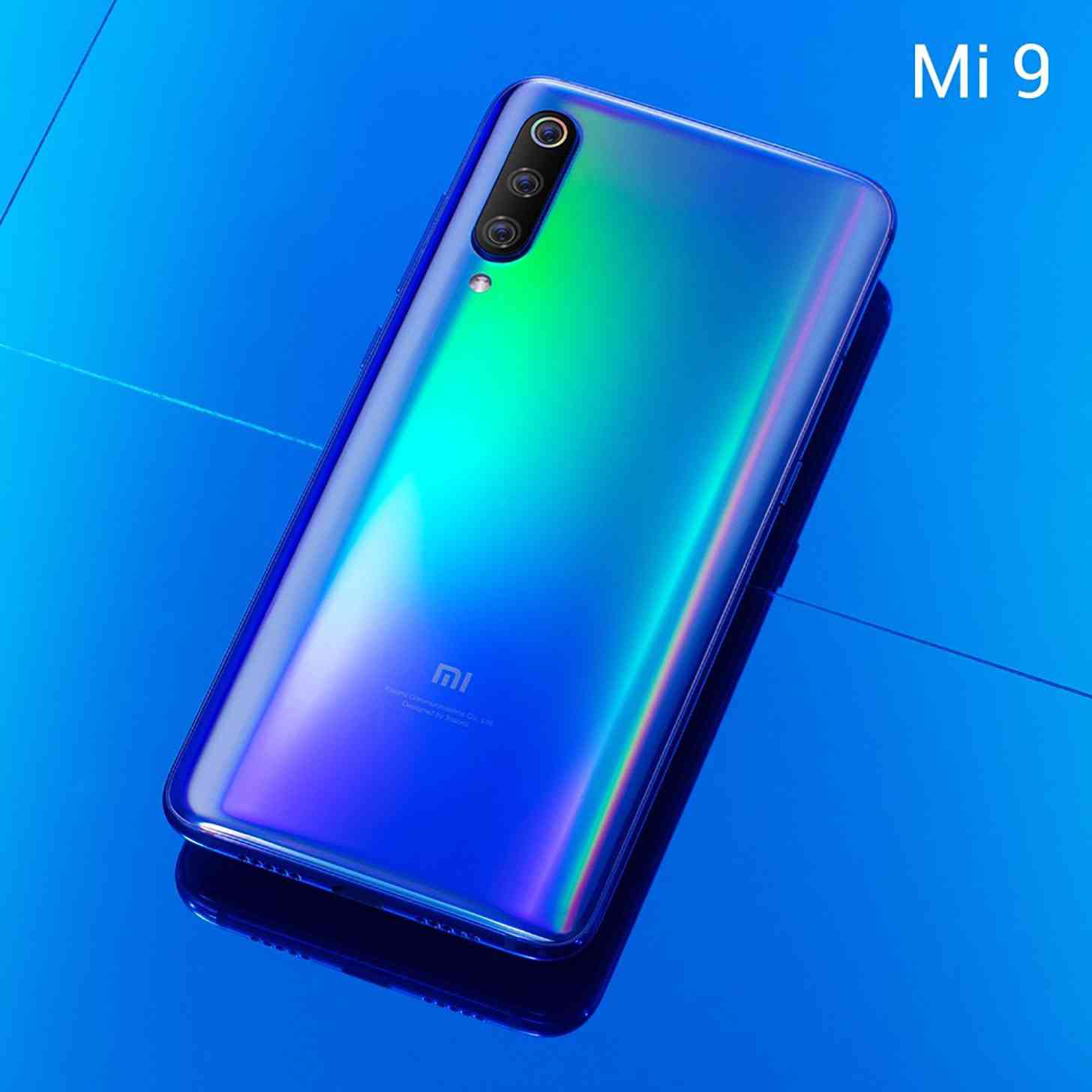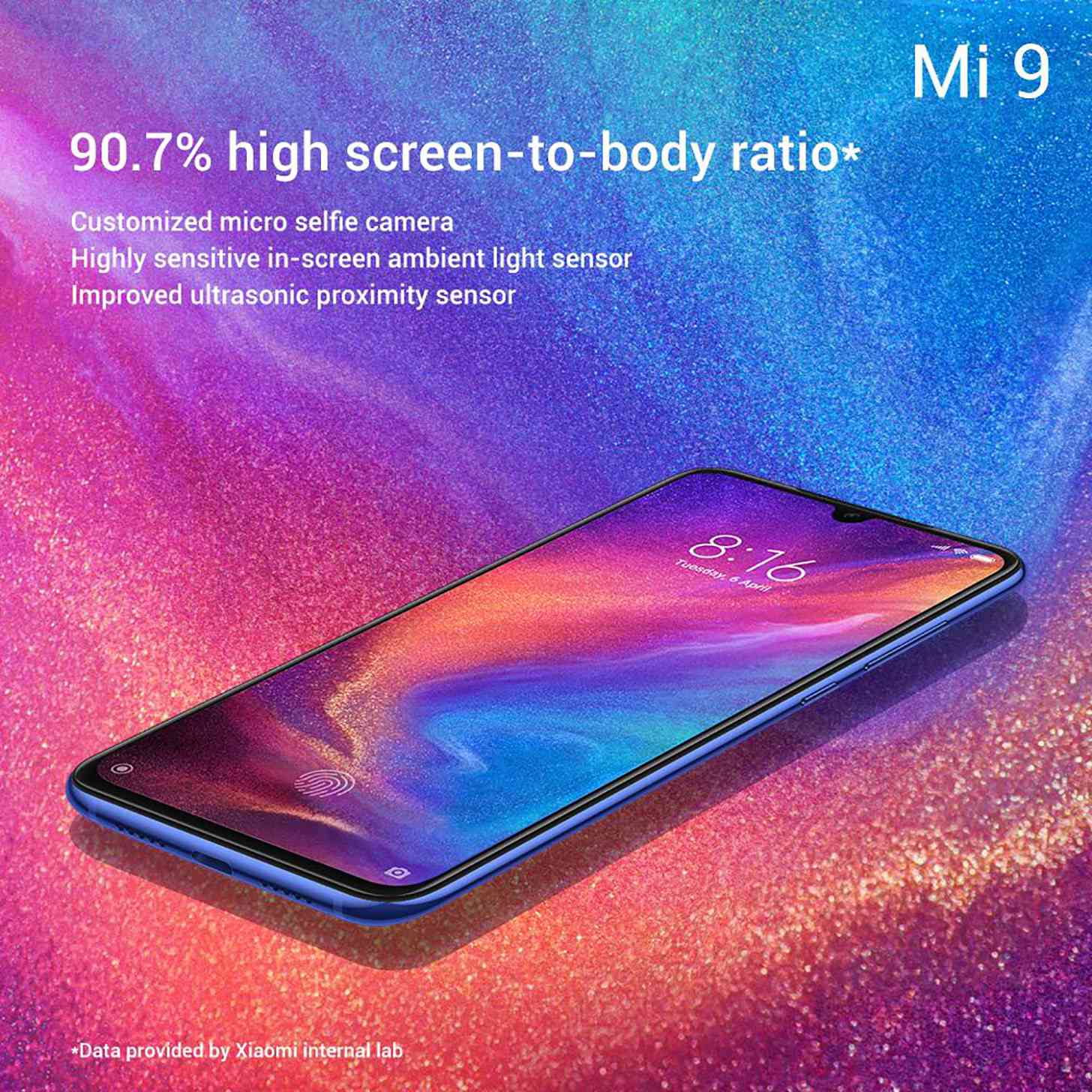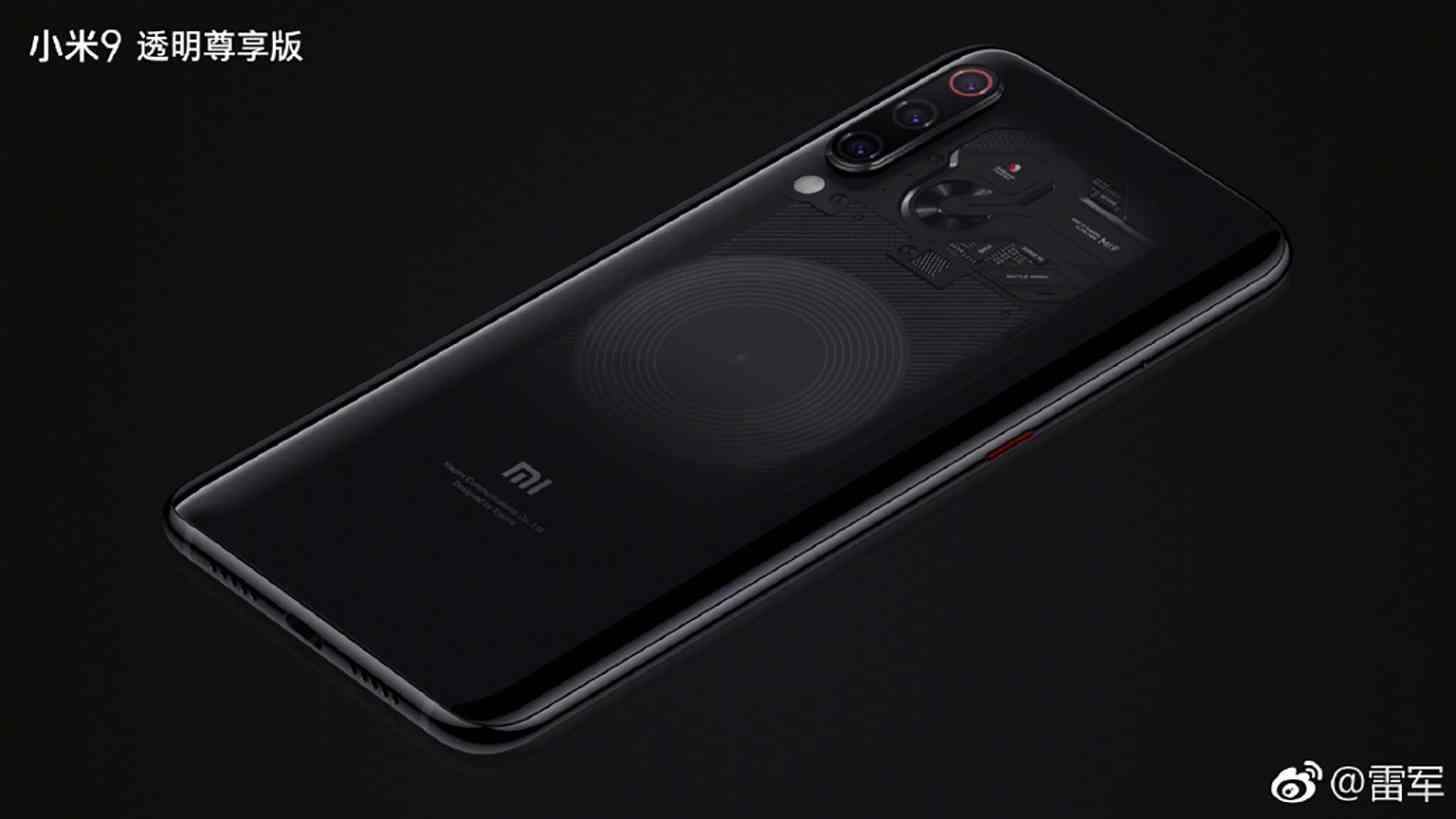
Xiaomi has said that it will officially announce the Mi 9 on February 20th, but the company has spilled several of the flagship's features ahead of that date.
One of the highlight features of the Xiaomi Mi 9 will be its triple rear camera setup. We now know that that setup includes a 48MP snapper with 0.8um pixels, a 1/2-inch image sensor, f/1.75 aperture, and support for 1.6um 4-in-1 Super Pixel (12MP) shots. Also included will be a 16MP ultra wide angle camera with a 117-degree field of view and a 12MP telephoto sensor with 2x optical zoom.
The display on the Mi 9 will be a Samsung AMOLED panel with 1080p FHD+ resolution, 600 nit brightness, and Corning Gorilla Glass 6. Xiaomi says it'll have a selfie camera in a notch at the top of the screen and an in-display fingerprint sensor, too. The front of the Mi 9 will have a 90.7 percent screen-to-body ratio, including a chin that's 40 percent smaller than the Mi 8's.

Unsurprisingly, the Mi 9 will include Qualcomm's flagship Snapdragon 855 processor. Xiaomi says it'll also include a gaming-focused feature called Game Turbo to "predict gaming scenes and intelligently allocate resources for complicated scenes." Other features include NFC, dual-frequency GPS, an IR blaster, support for HPUE and 4x4 MIMO network technologies, and "outstanding sound quality" that Xiaomi touts is equivalent to a 0.9cc large speaker box. The Mi 9 will have a dedicated Google Assistant button, too, so you can quickly get answers to your questions.
Xiaomi has also confirmed that the Mi 9 will be available in Lavendar Violet, Ocean Blue, and Piano Black color options.
Xiaomi founder Lei Jun also recently teased that the Mi 9 will be offered with a "transparent" back, similar to the Mi 8 Explorer Edition. This version will be equipped with a whopping 12GB of RAM, and you can see it in the image below.

There are still a couple of key Mi 9 details we're missing, but Xiaomi has given us a pretty good idea of what makes its new flagship tick. It's shaping up to be a pretty attractive Android flagship, which makes it more disappointing that we probably won't get a chance to buy it in the U.S. Hopefully soon we'll finally see Xiaomi phones available in the U.S. after years of talks and teases.